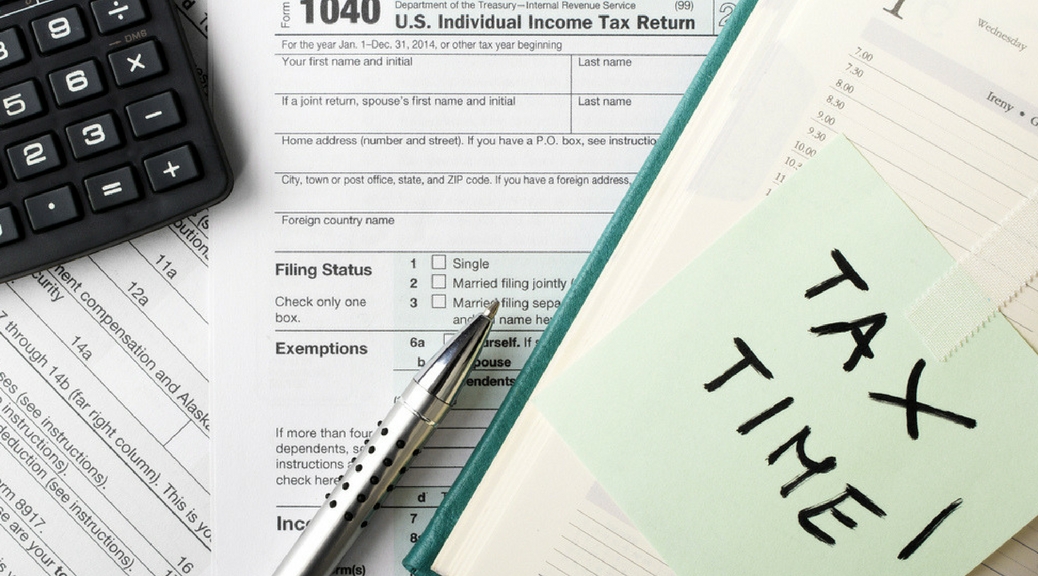When it comes to filing your taxes, the Schedule C can be the most complicated area. The Schedule C is reserved for contract employees and the self-employed. If you have a side business, or work as a contractor, the Schedule C is where your information will be tracked. The Schedule C is like a profit and loss form for your tax return. The CGS Team is covering the Schedule C and self-employed income in more detail! You may not have your own business now, but this information will come in handy when you do!
What is the Schedule C?
If you have your own business that is solely yours, excluding a multi-member LLC or corporation), then you have a Sole Proprietorship. You may be “doing business as” something else, but ultimately you are your company. When this is the case, you report your income and expenses on the Schedule C form. Appropriately titled “Profit and Loss from Business (Sole Proprietorship)”, the Schedule C reports how much money you made or lost doing business.
TurboTax provides the best description of a Sole Proprietorship form of business:
“A sole proprietorship is any business you operate and control that is not set up as a legal business entity such as a corporation or partnership. However, if you operate your business as a single-member LLC, you still need to complete the schedule. It does not have to be a business with employees or an office, but it can. It just means you’re the boss, and there’s no one above you writing your paychecks or withholding taxes from your pay. Even if you just use your lawn mower to cut your neighbors’ grass for $10 per yard on weekends, you are running a sole proprietorship.”
One other thing to consider is if you work as a 1099 (or contract) employee. When you work as a contract employee, you are essentially an employee of your own business. You are not getting paid as an employee, but as a business owner. In these cases, you would also report your income on a Schedule C form.
Reporting Self-Employed Income
The Schedule C form consists of 5 parts. The first part requires you to calculate all gross income from your business, this is your income before any expenses. Part two is where you list all of your expenses from doing business. The final income or loss amount reported will be the difference between your gross income and your expenses. If the number is positive, you report a net profit. If the number is negative, you report a net loss. Parts 3-5 are only required when your business requires you to purchase and track inventory, claim deductions or list any other expenses outside of those indicated in Part 2.
A Schedule C-EZ may be used, but the requirements are pretty strict. You can opt to use this form only if you operate one sole proprietorship, do not report over $5,000 in expenses, report a net profit, don’t hold inventory through the year, have no employees and are not claiming a home-office or vehicle deduction.
Taxes for the Self-Employed
Self-employed or contract workers are actually required to pay an additional 15% in taxes. Why? Well, when you work from someone else, your employer takes out money from your paycheck to cover Social Security and Medicare taxes (7.5%) and then they match the other 7.5%. When you work for yourself, you are required to pay the full 15% of these taxes yourself. When your sole proprietorship reports over $400 in net profit, an additional Schedule SE needs to be filed to determine the amount of employment tax you are required to pay.
When it comes to Schedule C income, it can get a little confusing. Always keep your business expenses separate from your personal expenses. It also helps to use a tracking system like QuickBooks throughout the year, so you aren’t scrambling come tax time. Do you have experience filing a Schedule C? Do you own a business or work as a contract employee? How do you file your taxes each year? We want to hear your experiences as well, so leave a comment below to share!






1 thought on “CGS Tax Series: Schedule C + Self-Employed Income”
I’ve never had to file a schedule C because my “business” work came from a separate tax return, taxed on the 1120 and paid out as a Schedule K-1. Very good read though, considering most people operate as sole proprietors.